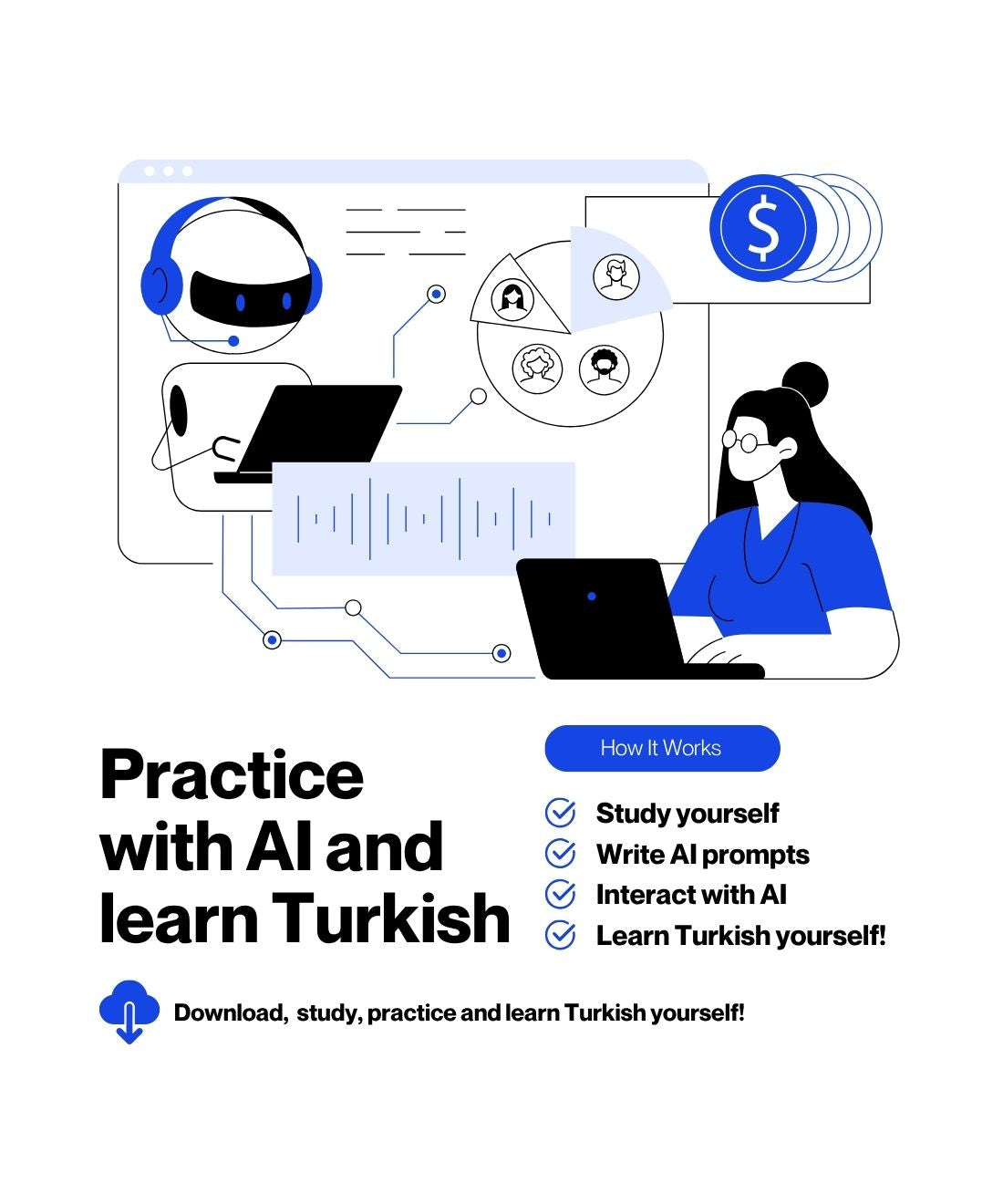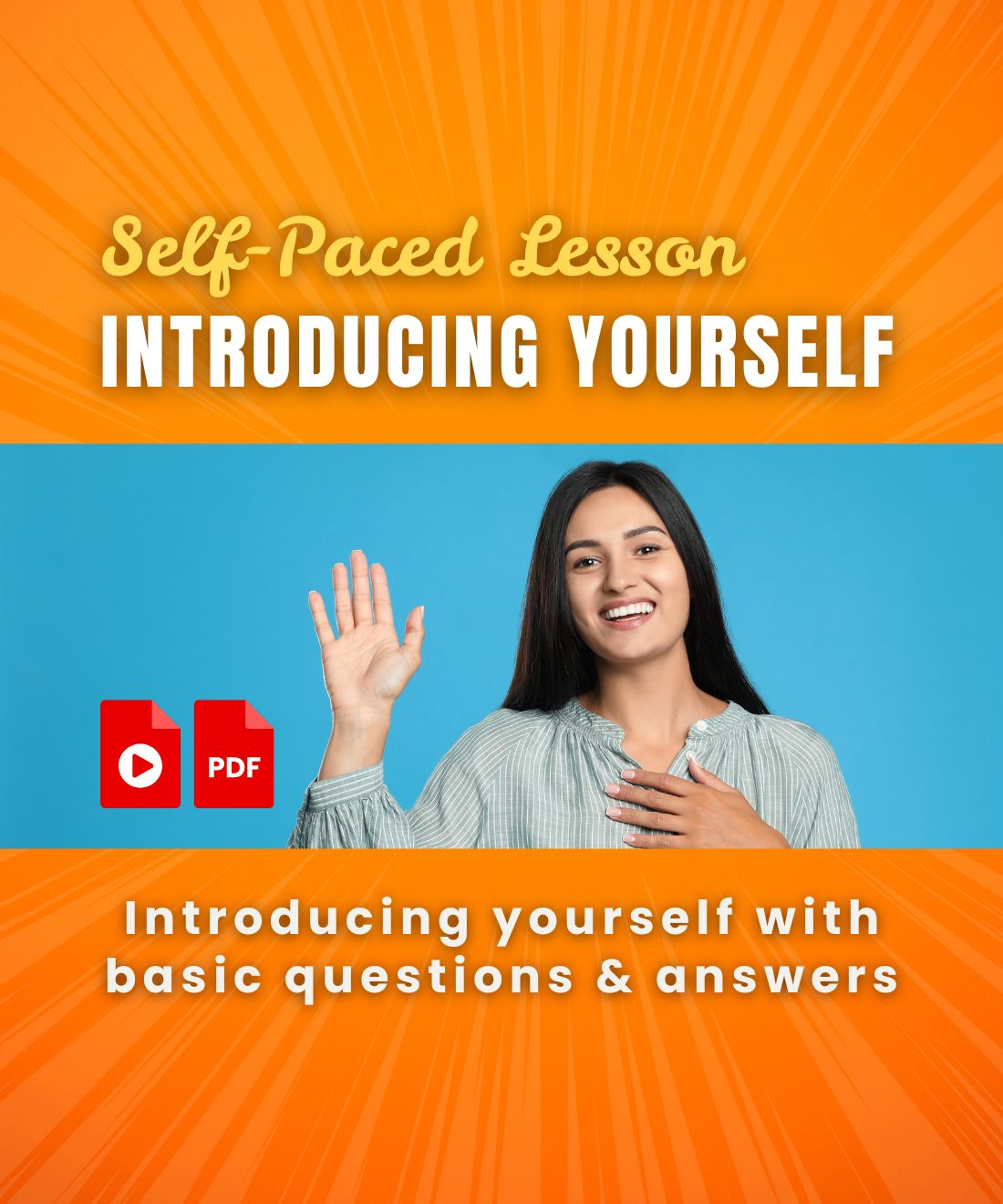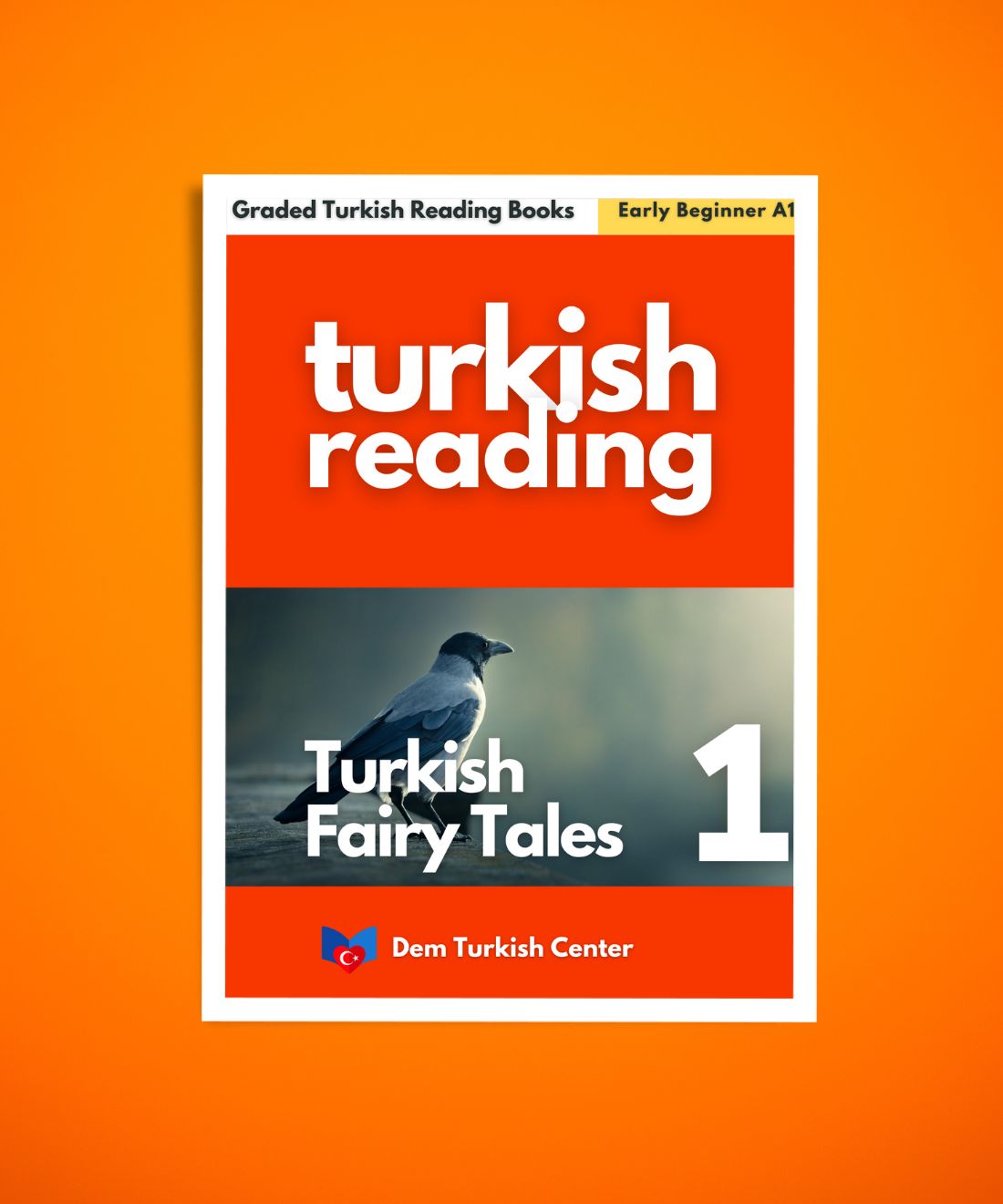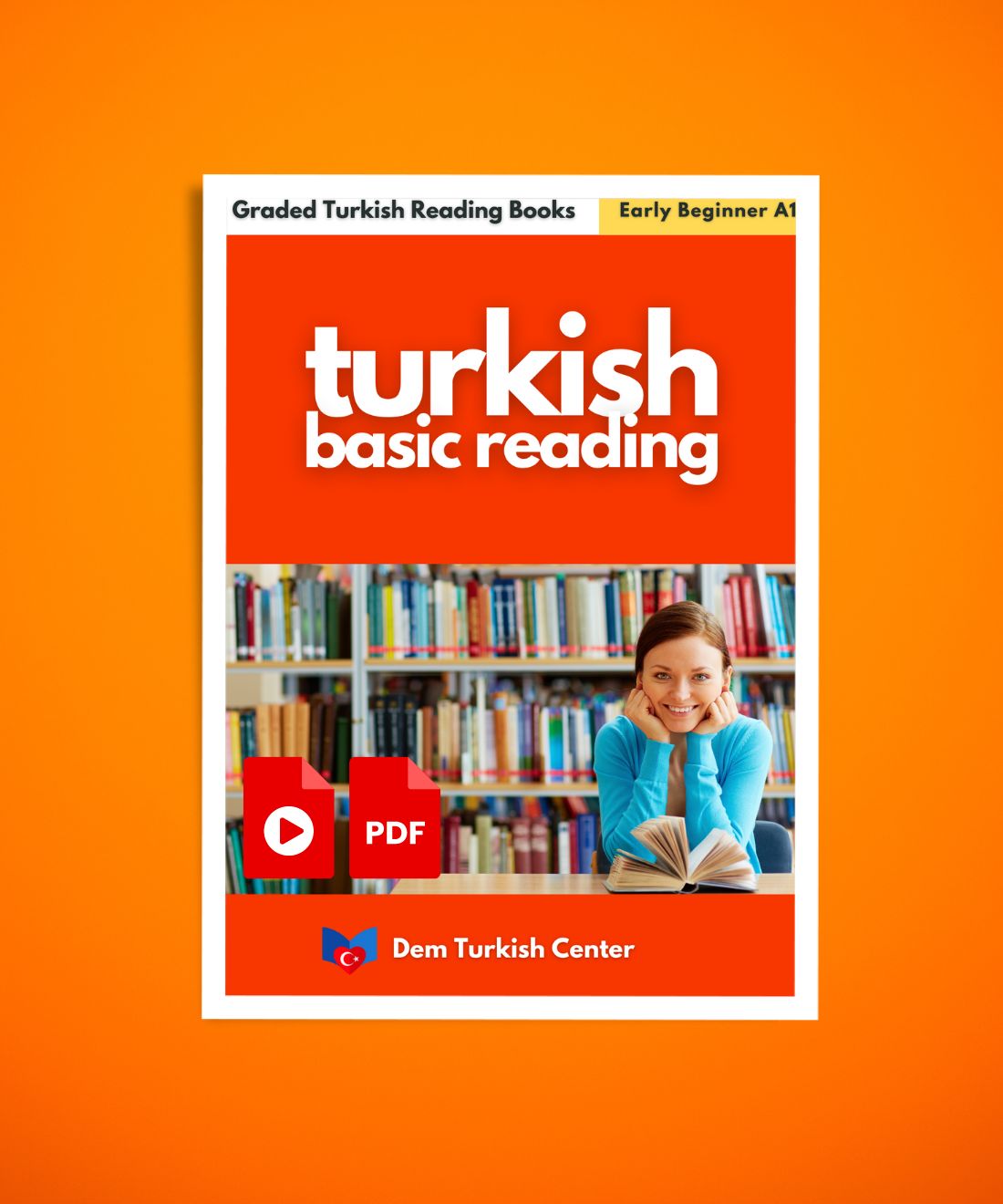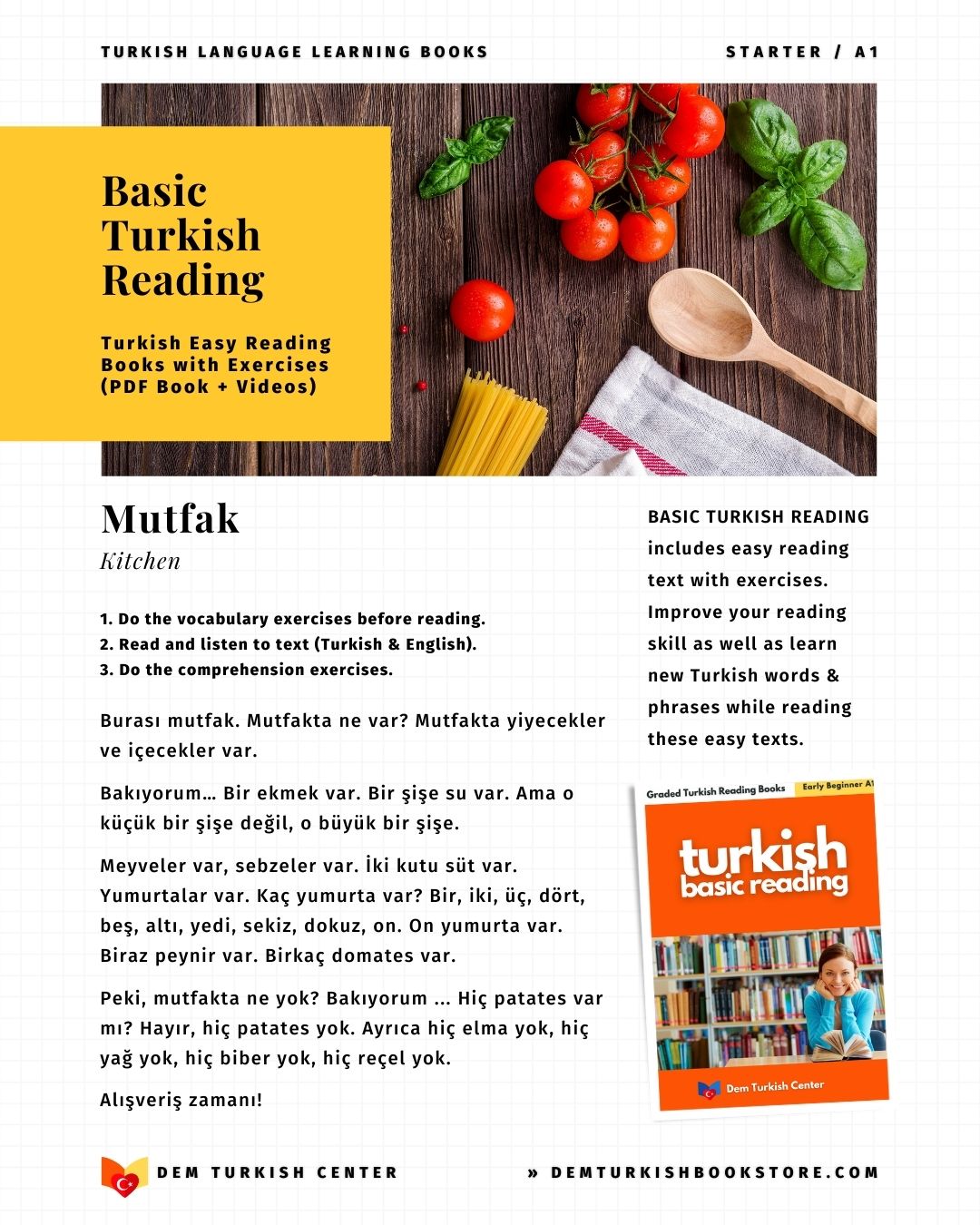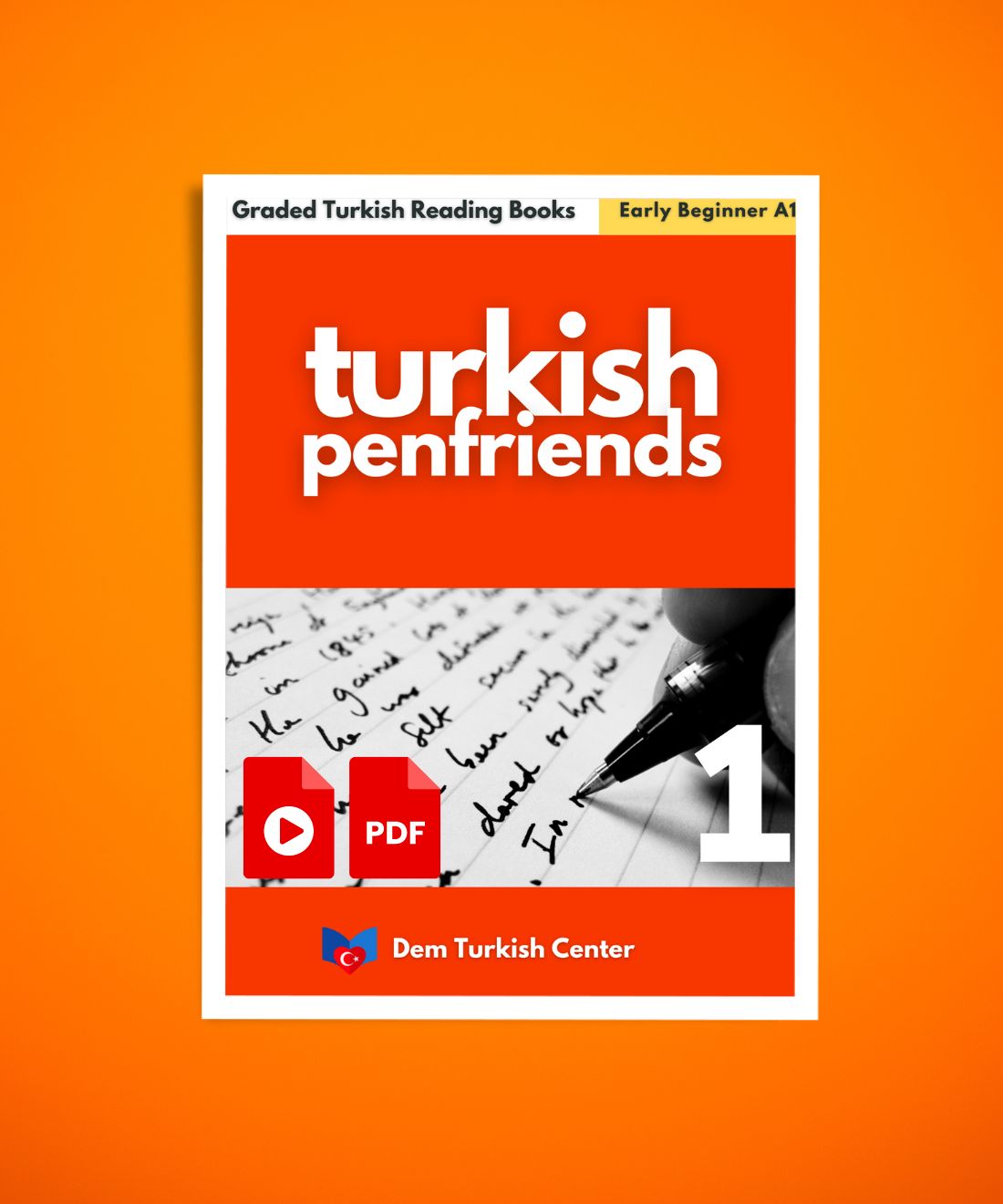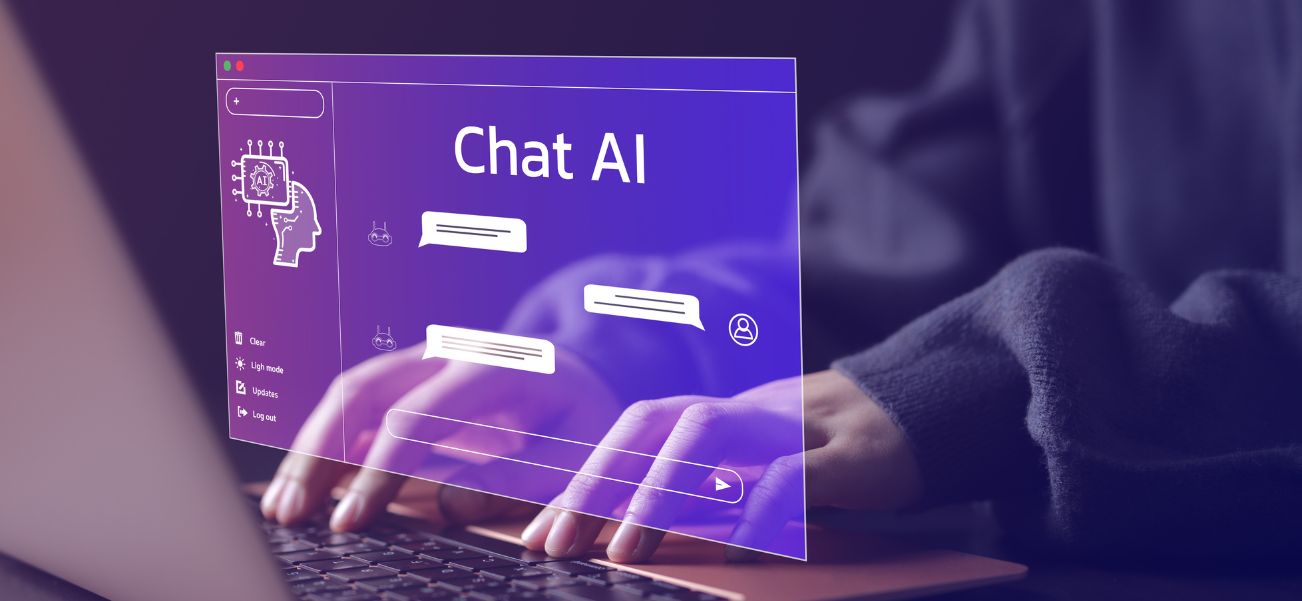
How AI Can Help You Learn a Language Faster (Tools & Tips)
Learning a new language can feel overwhelming—endless vocabulary lists, tricky grammar rules, and the struggle to sound natural in conversations. But what if you had a 24/7 AI tutor that adapts to your learning style, corrects your mistakes in real time, and even simulates real-life conversations?
Thanks to artificial intelligence (AI), language learning is now faster, more personalized, and more engaging than ever. In this guide, we’ll explore the best AI-powered tools, apps, and strategies to help you master a new language efficiently.
HOW TO LEARN LANGUAGES WITH AI
Why Use AI for Language Learning?
AI is transforming education by offering:
- Personalized learning – Adapts to your level and goals.
- Instant feedback – Corrects pronunciation, grammar, and word choice.
- Conversation practice – Simulates real dialogues with chatbots.
- Efficiency – Cuts study time with smart algorithms.
Let’s dive into the best AI tools and how to use them effectively.
How to Practice Your Turkish LIVE with ChatGPT
1. AI-Powered Language Learning Apps
Duolingo Max (with GPT-4)
- What it does: Uses AI to explain mistakes and generate interactive role-play exercises.
- Best for Beginners who want gamified learning.
- Pro Tip Use the "Explain My Answer" feature to understand grammar rules.
Memrise (AI-Generated Conversational Practice)
- What it does Uses AI chatbots to simulate real conversations.
- Best for Practicing everyday dialogues.
- Pro Tip Mimic the chatbot’s intonation to improve fluency.
ELSA Speak (AI Pronunciation Coach)
- What it does Analyzes your speech and corrects accent errors.
- Best for Improving pronunciation fast.
- Pro Tip Repeat challenging words until you hit a 90%+ accuracy score.
2. AI Chatbots for Real Conversation Practice
ChatGPT (Custom AI Language Tutor)
How to use it:
- Ask it to role-play conversations (e.g., "Pretend you’re a Spanish waiter and I’m ordering food.")
- Request vocabulary lists by topic (e.g., "Give me 20 French words for travel.")
- Have it correct your writing (Paste a sentence and ask, "Is this natural in German?")
TalkPal AI (Voice-Based Chatbot)
- What it does Lets you speak naturally and get instant feedback.
- Best for Intermediate learners who want speaking practice.
Loora (AI Language Tutor App)
- What it does A real-time AI tutor that debates, jokes, and chats with you.
- Best for Advanced learners who want deep conversations.
3. AI Tools for Vocabulary & Grammar
Anki (AI-Powered Spaced Repetition)
- What it does Uses an algorithm to show flashcards at the optimal time for memory.
- Pro Tip Download pre-made decks (e.g., "Top 1000 Spanish Words").
DeepL Write (AI Grammar & Style Checker)
- What it does Fixes awkward phrasing better than Grammarly.
- Best for Polishing essays or professional emails.
LingQ (AI Vocabulary Tracking)
- What it does Imports articles/videos and highlights unknown words for you.
- Best for Learning through reading & listening.
4. Pro Tips for Learning Faster with AI
- Combine AI with human practice – Use chatbots for drills, but join language exchanges (e.g., Tandem) for real talk.
- Set specific goals – Tell AI, "Teach me 10 restaurant phrases in Italian today."
- Speak out loud – Even talking to a bot improves fluency.
- Review mistakes – Save AI corrections in a notebook.
The Future of AI Language Learning
Soon, AI tutors may offer real-time augmented reality (AR) conversations or emotion-detecting feedback. But even now, these tools can cut your learning time in half compared to traditional methods.
AI won’t replace human teachers, but it’s the *ultimate sidekick—available anytime, anywhere, at a fraction of the cost.
Which AI tool will you try first? Let me know in the comments!
Happy learning!




